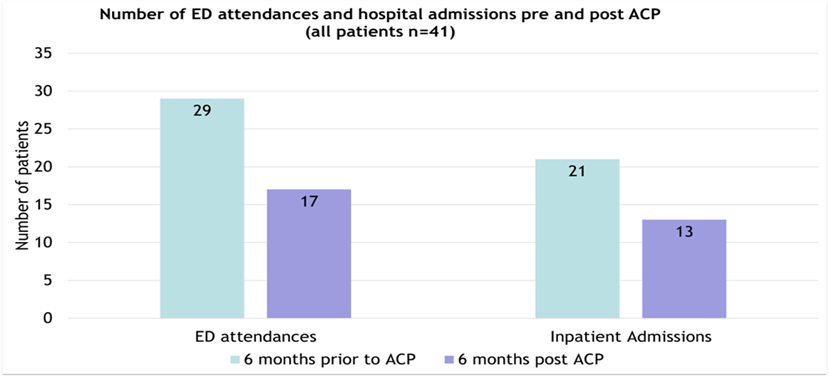Severn Hospice to present Advance Care Planning success at the 2023 Palliative Care Conference
Collaborative arrangements during the pandemic allowed for a system wide approach to Advance Care planning which initially enabled a team of nurses and doctors to support care home residents in conversations about their care needs and future wishes, working together to develop a plan of care that indicated what to do if a person’s health deteriorated.
Advance Care Planning (ACP) is a process that enables individuals to make plans about their future health care and Severn Hospice recognising the value of a whole system approach to advance care planning, have employed a Senior Clinical Fellow to set up nurse led ACP Clinics and training courses for a range of healthcare professionals to include primary care paramedics, community matrons, care home and community hospital staff and specialist nursing groups, with more training planned for Volunteer Services and staff at the Robert Jones Agnes Hunt hospital.
During 2021, Dr Julia Head the Senior Clinical Fellow for Severn Hospice, worked with Shrewsbury and Telford Hospital Neurology consultants to support ACP for patients with progressive neurological conditions such as Parkinson’s Disease and a recent evaluation of the work that Dr Head did has shown that ACP reduces unwanted A&E attendance and hospital admissions,(see figure 1 below) increases access to anticipatory medications and all patients who have reached end of life, to date, have died in their preferred place of care.
In addition, carers and patients report reduced anxiety together with an increased sense of control in managing their condition. This reflects the findings from initial pilot studies using ACP in both care homes, The Royal Shrewsbury Hospital and neuropalliative patients in the community.
Early data was accepted for poster presentations at the national Palliative Care Congress (PCC) and the latest data has been accepted for an oral presentation at the 2023 PCC which will be held in Edinburgh in March.
Figure 1



